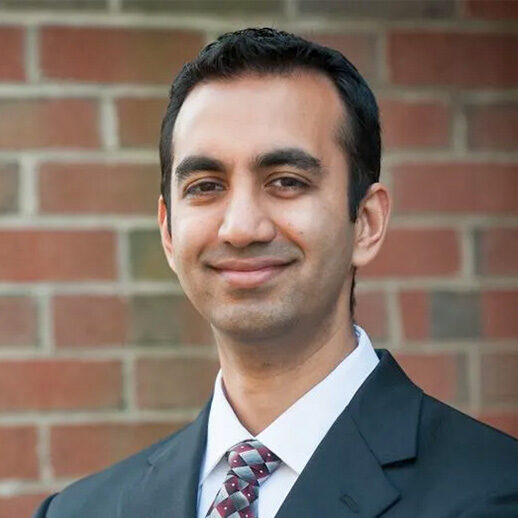
Over 500 U.S. Hospitals Have Stopped Delivering Babies Since 2010
A Crisis in Maternal Care is Unfolding—and it’s Hitting Rural and Urban Communities Alike
In Their Own Words
The following excerpt is from an op-ed that first appeared in The New York Times on November 30, 2023.
Nonprofit hospitals have been caught doing some surprising things, given how they are supposed to serve the public good in exchange for being exempt from federal, state and local taxes — exemptions that added up to $28 billion in 2020.
Detailed media reports show them hounding poor patients for money, cutting nurse staffing too aggressively and giving preferential treatment to the rich over the poor. Nurses and other workers recently resorted to strikes to improve workplace safety at Kaiser Permanente and the Robert Wood Johnson University Hospital in New Brunswick, N.J.
That’s not the end of it. Nonprofit executives have embarked on an acquisition spree, assembling huge systems of hospitals and physician practices to raise prices and increase profits. Ample evidence indicates that the growth of these giant systems makes health care less affordable for patients, families and businesses.
Over the past year, a new hospital strategy has come to the fore, the cross-market merger. In the past, most mergers and acquisitions involved hospitals or physician groups in the same geographic area. Now health care systems are reaching far and wide to find other hospitals to acquire. This is exemplified by the California-based Kaiser’s acquisition of Geisinger Health in Pennsylvania announced in April. Since then, hospitals in Missouri, Texas and New Mexico were involved in two other cross-market mergers. In another example, Advocate Aurora Health’s merger late last year with Atrium Health created a juggernaut with 67 hospitals strung across six states, from Wisconsin to North Carolina. We are witnessing the advent of the new American megahospital system.
Read the entire op-ed here.


A Crisis in Maternal Care is Unfolding—and it’s Hitting Rural and Urban Communities Alike

Research Memo: Delivered to House Speaker Mike Johnson and Majority Leader John Thune

Research Memo: Delivered to House Speaker Mike Johnson and Majority Leader John Thune

Historic Coverage Loss Could Cause Over 51,000 People to Lose Their Lives Each Year, New Analysis Finds
Research Brief: New Incentive Structures and Metrics May Improve Program Performance

Research Memo: Response to Request for Technical Assistance